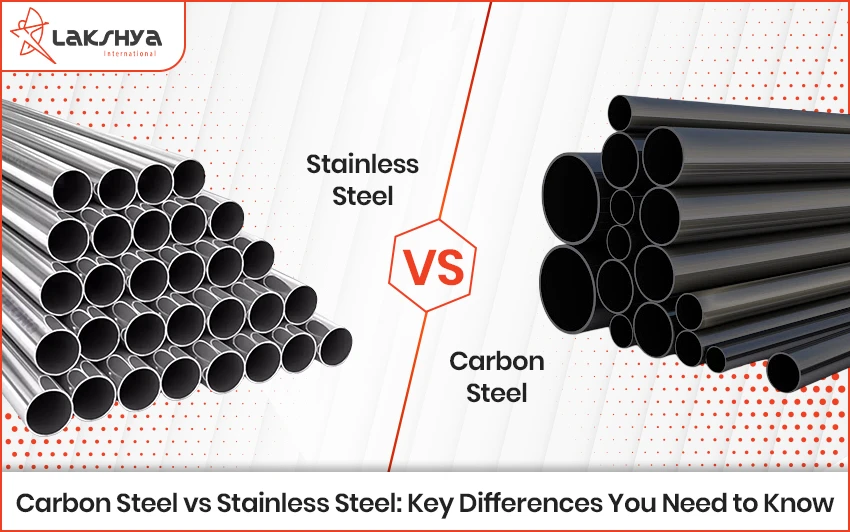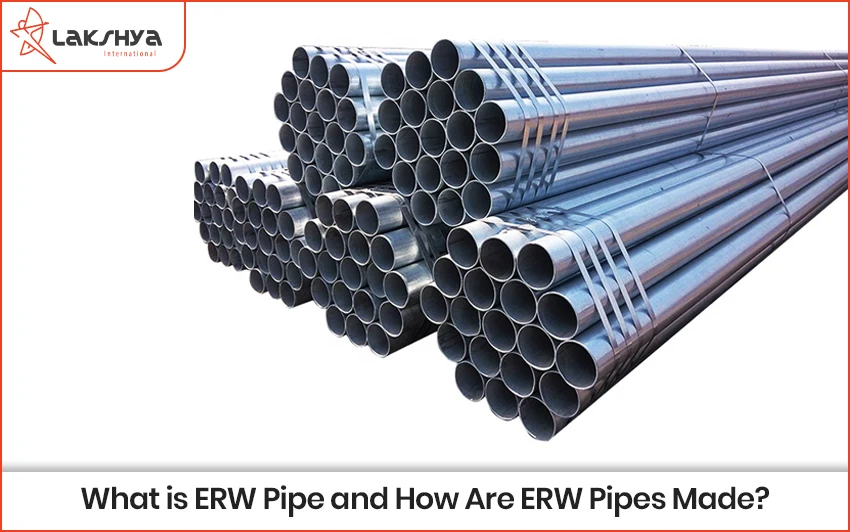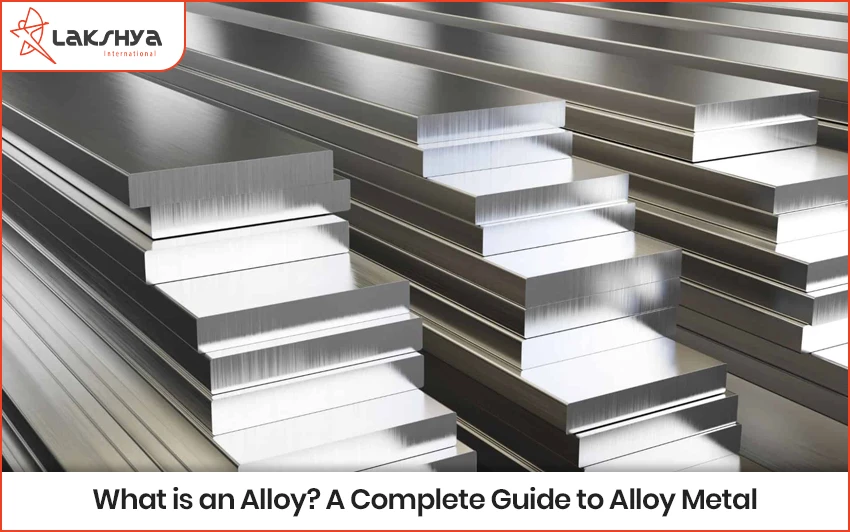Right from fundamental requirements to more regular complex necessities treated steel has turned into an imperative piece of the creation business overall. What makes hardened steel an ideal material is that it is a compound which can oblige the necessities of any industry with its mechanical properties, consumption obstruction, or cost.
In the case of food versus marine industry, there are many variables that should be considered prior to making a drawn out interest in hardened steel gear. Talking about the food and drink industry, the essential prerequisites would be consumption obstruction, simple to clean, toughness and in conclusion cost. At the point when you contemplate the food and drink industry, the quantity of handling units, the sort of food or fluid, the synthetic compounds present in food or added to food, and the temperature applied to hotness or cool the food are only a portion of the things that come into mind. What better than treated steel to do this! Among tempered steel grades, the ideal decision would be between three grades 304, compound 316 and grade 430. Of the relative multitude of three grades, compound 316 is the most costly, while grade 430 is the most affordable one. Nonetheless, both grade 304 and 316 are commonly utilized for the assembling of sterile items, since they are non-poisonous and don’t respond with the synthetic compounds present in food. Numerous producers use Grade 304, which is a less expensive cross section offering some erosion opposition, however basically doesn’t come close to Marine Grade 316, which gives better obstruction than a more extensive scope of destructive media. Assuming that you’re not entirely certain what’s the distinction somewhere in the range of 316 and 304, this article will show why Marine Grade 316 Stainless Steel is a reasonable champ with regards to ensuring your home.
Most requested Grade in food handling enterprises
One justification for why numerous food handling businesses favor utilizing grade 430 is a direct result of its exceptionally minimal expense. Grade 430 is a composite which contains the following measure of nickel, which clarifies its lower cost. Moreover, this composite not just shows solid protection from nitric and natural acids yet additionally to oxidation. Subsequently, as a combination grade 430 can be utilized in somewhat acidic conditions for quite a while. Interestingly, grade 304, which is costly when contrasted with the previous grade, is an exceptionally famous compound, in the food business as well as in different regions. Frequently, grade 304 is viewed as a model combination for the handling of nutrition classes like meats, milk, leafy foods. This is on the grounds that not exclusively does the combination demonstrate to beat pollution down by killing harmfulness, it is not difficult to clean while being tough. Not neglecting to specify, that by numerous principles, combination 304 is viewed as an expense saving option in numerous enterprises by virtue of its long help life and noteworthy erosion opposition properties, according to food and drink. Then again, grade 316, is the most costly one of the three and intently follows grade 304 as far as fame. While the erosion obstruction and mechanical properties of the amalgam are a lot higher than grade 304, this composite is utilized just when providers have the requirement for these properties on a much higher scale.
316 Marine grade tempered steel examination with various grades
Then again, while talking about marine grade hardened steel, grade 316 is viewed as the most utilized one. While grade 316 is fit to on-shore or marine-based applications, it can, nonetheless, fail to meet expectations as far as protection from pitting, particularly in contrast with numerous other compounds. For example, the PREN worth of grade 316 is 25, while that of Zeron 100 is 40 with the PREN worth of SSC-6MO being high at 48. In addition, Zeron 100 is portrayed by high protection from stress related erosion breaking in halide containing conditions. Aside from protection from pitting, austenitic hardened steel grades, for example, UNS S32750 has a high return strength of 570 MPa and can perform well down to – 50°C. While very austenitic tempered steel grades 6 Mo and SSC-6MO, with their expanded molybdenum content, frequently perform well in marine conditions when contrasted with the routinely utilized 300 series and standard duplex hardened steels, while holding their great erosion opposition and mechanical properties. This being said, both the marine and food industry are requesting areas, which depend on sturdy treated steel for their drawn out execution.
Grade 304 Stainless Steel
Grade 304 is extremely adaptable and is broadly utilized in an assortment of open air applications including electrical fenced in areas, auto embellishment and trim, wheel covers, kitchen machines, hose clasps, ventilation systems, stockpiling tanks, and channeling.
Its mix of 18% chromium and 8% nickel additionally give it great protection from reasonably acidic or harsh arrangements, making it appropriate for non-extreme applications like kitchen and food conditions. It’s an item that is not difficult to create, simple to clean and arrives in an assortment of completions and appearances.
In any case, Grade 304 is as yet defenseless to consumption from chloride arrangements found in saline conditions. Here chloride particles can make restricted spaces of consumption known as ‘pitting’, which can spread underneath the treated steel’s chromium obstruction and bring on additional erosion. Proof of such consumption should be visible in a discoloration that shows up on its surface, known as ‘tea staining’.
Marine Grade 316 Stainless Steel
Marine grade 316 hardened steel is like Grade 304 with one prominent exemption. Just as chromium and nickel, Marine grade 316 likewise contains 2% to 3% of molybdenum, a hard, silver white metallic component used to harden prepares and increment consumption opposition in nickel composites.
The expansion of this fixing gives Marine grade 316 better erosion obstruction than other chromium-nickel prepares when presented to substance corrosives like seawater and salt water arrangements. Like Grade 304, it is additionally solid, simple to create, clean, weld and finish, however not at all like Grade 304, it gives more noteworthy insurance from salt splash and brackish water.
Marine grade 316 is likewise substantially more impervious to arrangements of sulfuric corrosive, chlorides, bromides, iodides, and unsaturated fats at high temperature and is generally utilized in modern applications including compound handling. Because of its non-receptive characteristics, it is likewise utilized in the production of clinical careful instruments and in the assembling of drugs where unnecessary metallic defilement should be kept away from.

![6[1]](https://lakshyasteel.com/wp-content/uploads/2021/12/61.png)


